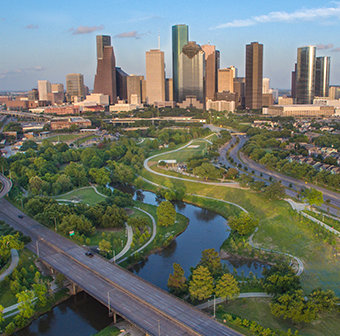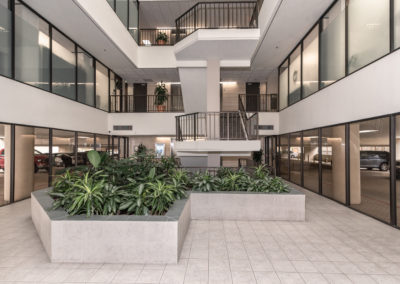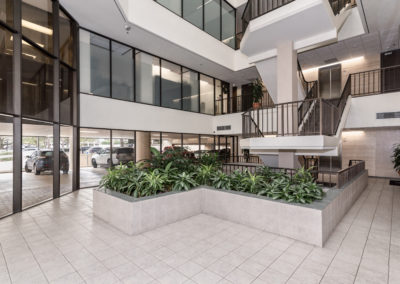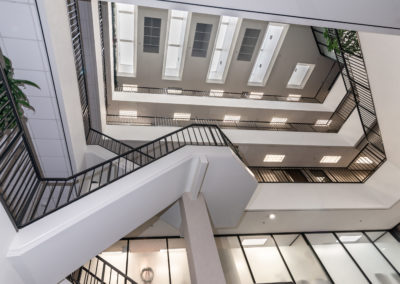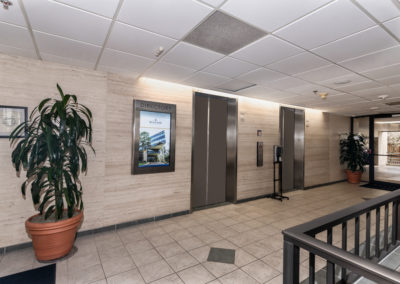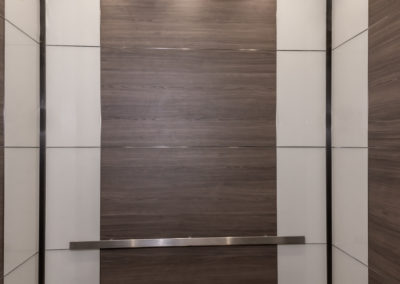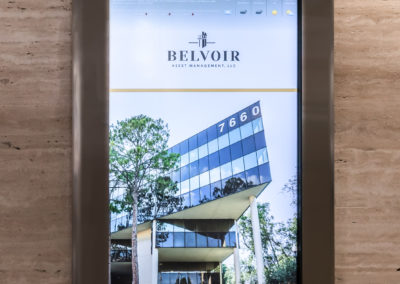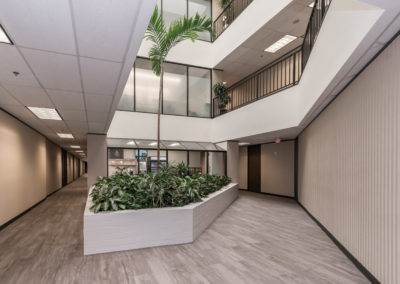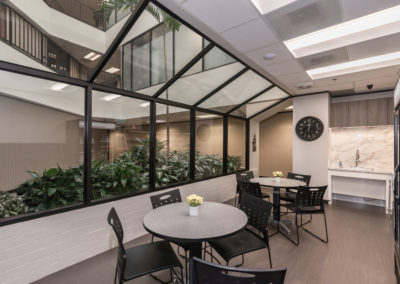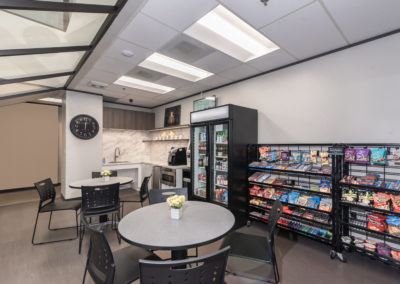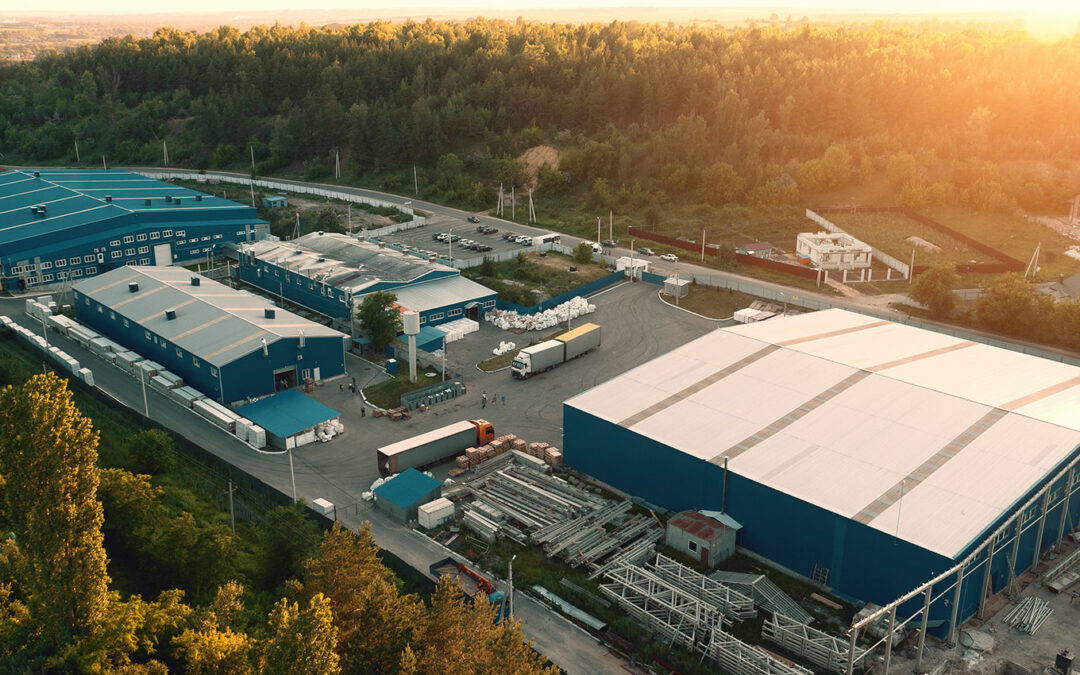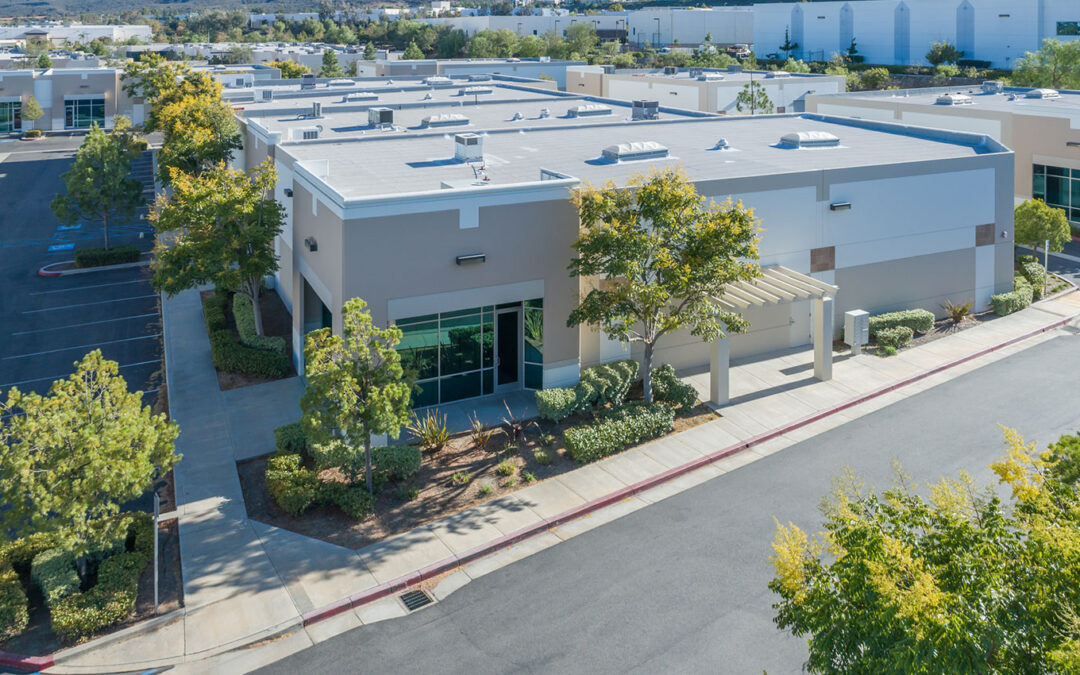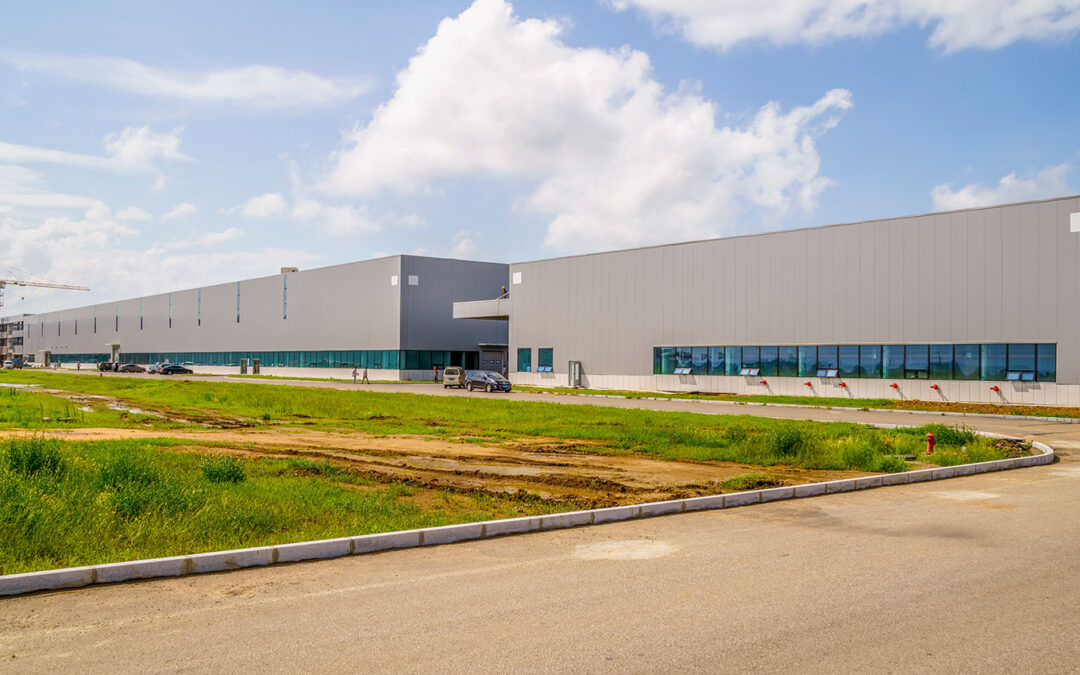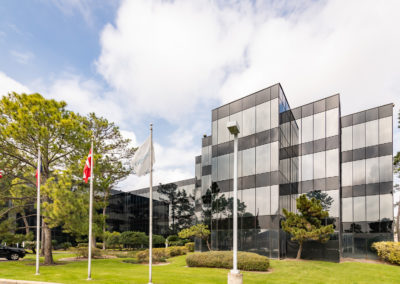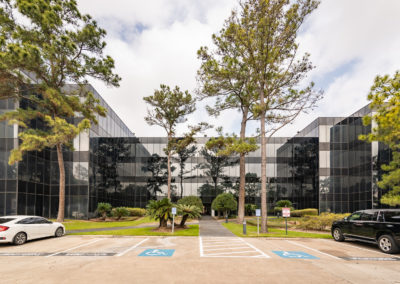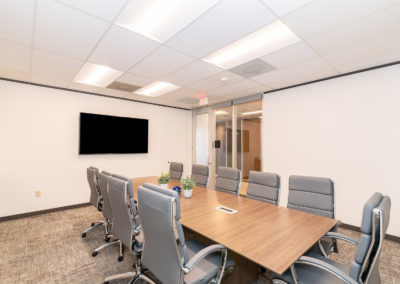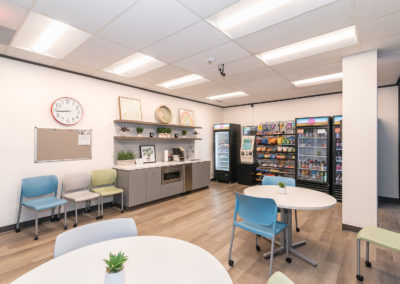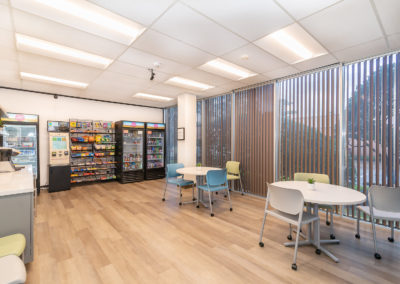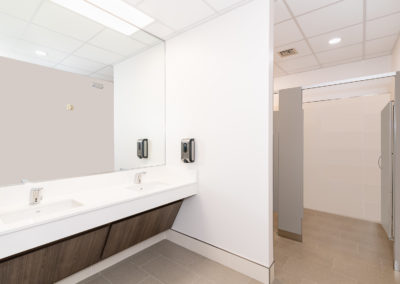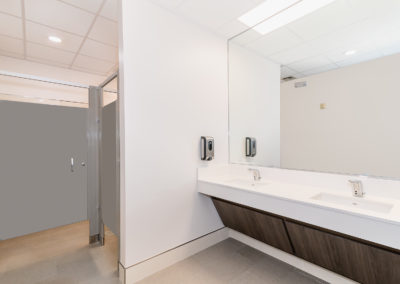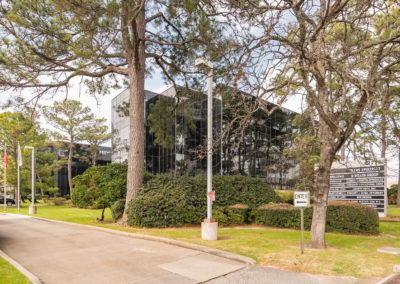August 27, 2017 marked one year since Hurricane Harvey moved into Houston, ultimately dropping 9 trillion gallons of water on the Houston metropolitan area (and 19 trillion across Southeast Texas). We expressed confidence then that we would get through it and, despite catastrophic flooding to the city, Houston’s commercial real estate has, indeed, proven resilient.
By the end of the second quarter 2018, commercial real estate was looking bullish. As we noted earlier this summer, the vacancy rate in the office market was 16.5% at the end of the second quarter (down from 17.9% at the end of the quarter 1 and 2017) and down to 5.6% in the industrial market.
Houston was hit hard, no doubt, but commercial real estate was spared the brunt of the flooding. Office and industrial buildings sustained only a small percentage of the overall damage and most office buildings were able to re-open by the end of 2017. The bulk of the destructive impact to offices occurred along Buffalo Bayou and near the reservoir in West Houston, primarily to underground parking garages and ground floor lobbies, mitigating the disruption to businesses.
Good building systems engineering, responsive building personnel and effective contingency plans paved the way for a strong recovery. Harvey was a testament to the power of the Houston community, which came together to rescue trapped residents during the worst days of flooding and to rebuild the city after the water had receded.
On the heels of the oil downturn, some wondered how Houston would rebound. It’s endured significant challenges the past few years, but one of Houston’s greatest strengths is its diversified economy. Despite the effects of the oil downturn and three consecutive years of catastrophic flooding events, Houston’s commercial real estate market has already rallied back strong.

